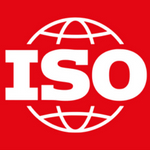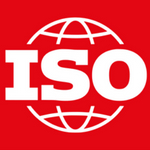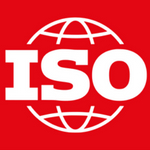WG 3 - Cloud Computing Fundamentals
Standardization in the areas of Cloud Computing and Distributed Platforms including:
- Foundational concepts and technologies,
- Operational issues, and
- Interactions among Cloud Computing systems and with other distributed systems
SC 38 serves as the focus, proponent, and systems integration entity on Cloud Computing, Distributed Platforms, and the application of these technologies. SC 38 provides guidance to JTC 1, IEC, ISO and other entities developing standards in these areas.











